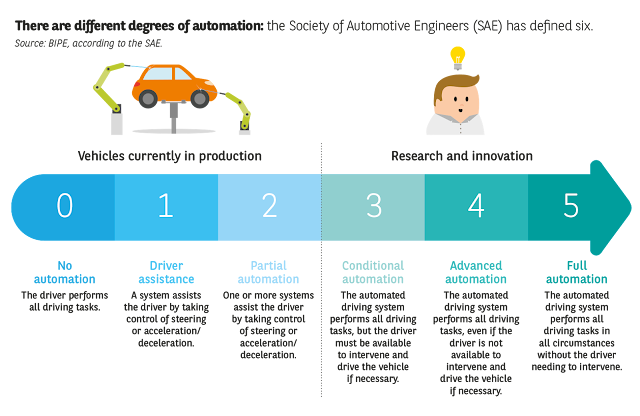2 - Technology

# Different types of technology in autonomous vehicle: Autonomous Vehicles (AVs) use combinations of technologies and sensors to sense the roadway, other vehicles, and objects on and along the roadway. The key technologies and sensors are described in the figure below. * A combination of sensors: Cameras are a relatively inexpensive type of sensor that can provide the basic visual information a human would gather as he or she drive; multiple cameras are used to provide depth of field. Radar (Radio detection and ranging) already used for certain level 1 vehicle controls; Both short-range and long-range automotive-grade RADARs are used (mostly in the narrow-band i.e. 27–77 GHz) for AD applications. Short-range radars, as the name indicates, ‘senses’ the environment in the vicinity of a car (~30m) and, especially at low speeds; whereas, long-range radars cover relatively long distances (~200m) usually at high speeds. Generally, the radar sensor acquires inform...
